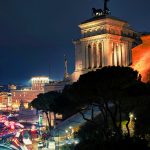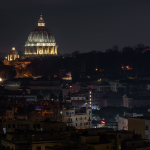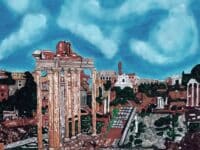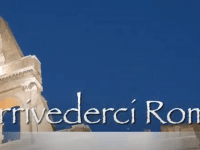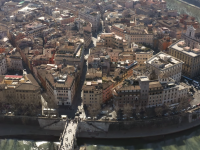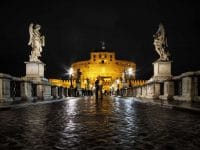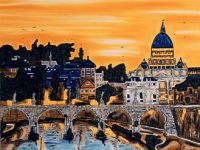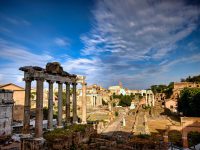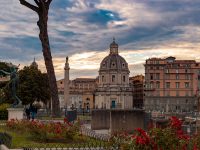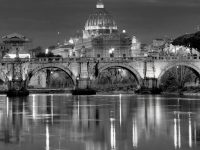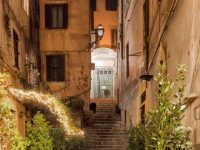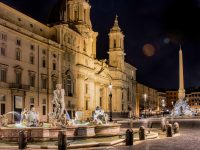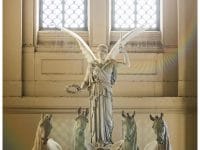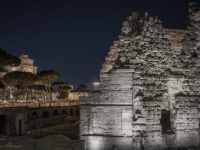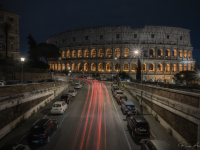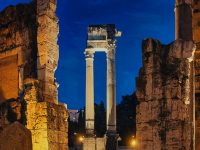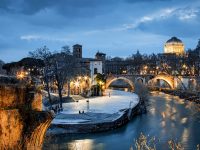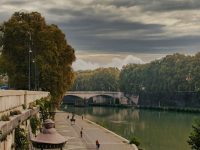Dieci statue di angeli straordinariamente belle sculture progettate dal famoso scultore Gian Lorenzo Bernini, adornano Ponte Sant’Angelo o Ponte degli Angeli a Roma. Ogni angelo simboleggia una parte della storia della sofferenza e della morte di Gesù Cristo. Le statue dei santi Pietro e Paolo vegliano sull’ingresso del ponte.
Storia di Ponte Sant’Angelo
Il ponte fu costruito nel 134 d.C. dall’imperatore Adriano per collegare il centro di Roma antica con il suo mausoleo di recente costruzione (oggi meglio noto come Castel Sant’Angelo). All’epoca il ponte era conosciuto come il “Ponte Eliano”, che significava semplicemente “Ponte di Adriano”. Per molti anni il ponte è stato utilizzato come passaggio per i pellegrini cristiani nel loro cammino verso la Basilica di San Pietro. L’attuale nome di Sant’Angelo viene utilizzato sin dal VII secolo per una leggenda in cui l’Arcangelo Michele fu visto in cima al castello con la spada sguainata per indicare la fine della peste del 590 d.C.
Le statue degli Angeli
Nel 1669, papa Clemente IX aveva commissionato la realizzazione delle statue che oggi possiamo apprezzare sul ponte, al famoso scultore barocco Gian Lorenzo Bernini, che decise di adattare perfettamente le statue al nome e allo scopo del ponte. Lo stesso Bernini terminò la realizzazione effettiva di due angeli: l’angelo con la sovrascrittura “INRI” e l’angelo con la corona di spine (questi due però furono custoditi da Clemente IX per suo piacere. Ora sono visibili nella chiesa di Sant ‘Andrea delle Fratte), il progetto e la visione del ponte di Bernini furono tenuti in considerazione e portati a termine dai suoi successori.
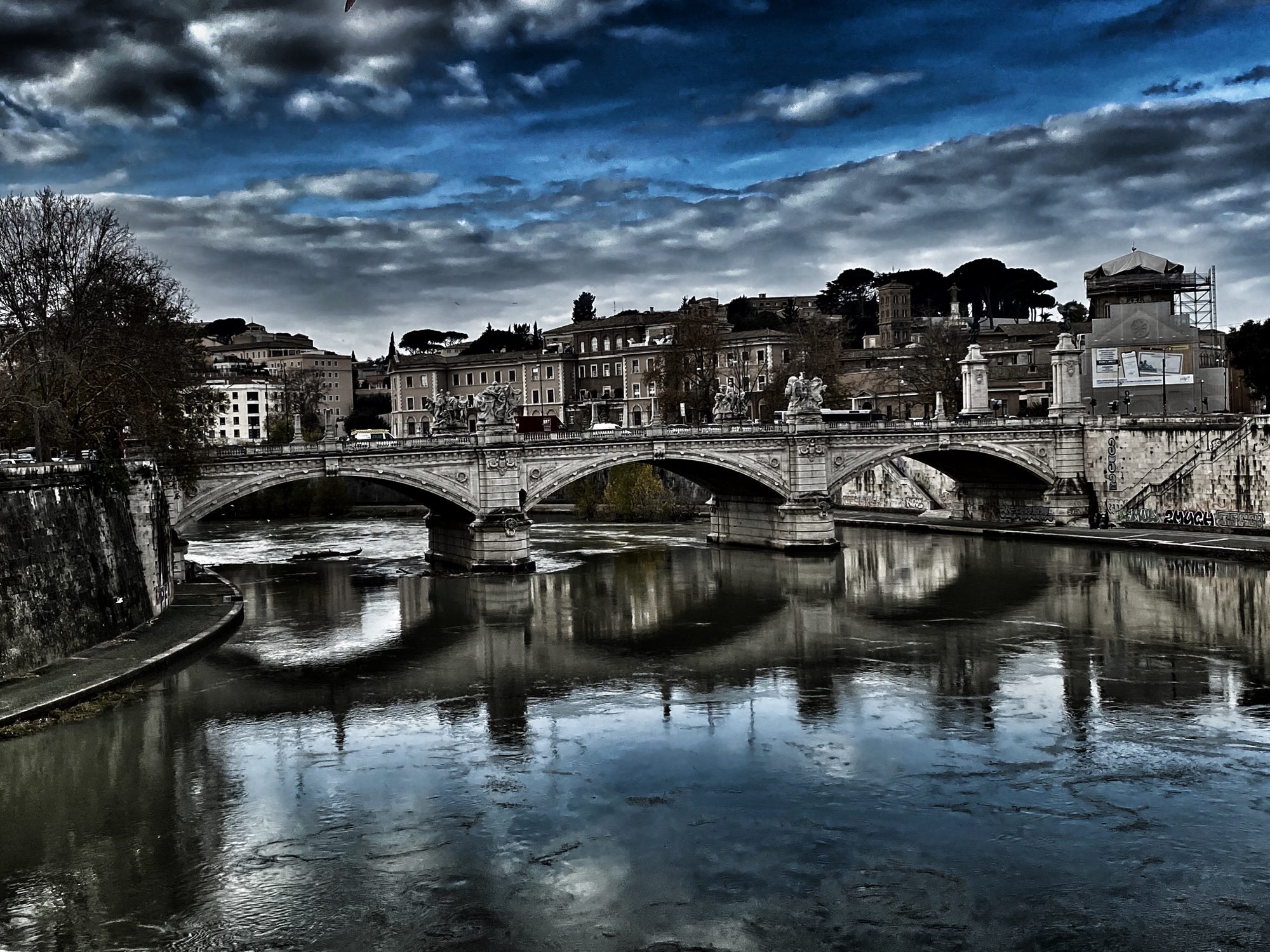
Ten strikingly beautiful angel sculptures ,designed by famous sculptor Gian Lorenzo Bernini, line the spectacular travertine marble made “Ponte Sant’Angelo” or “Bridge of Angels” in Rome. Each sculptured angel symbolizes a part from the story of Jesus Christ’s suffering and death by crucifixion. Statues of the saints Peter and Paul watch over the entrance way of the bridge.
HISTORY OF THE BRIDGE
The 1349 bridge was built in between the banks of the Tiber river in 134 AD by Emperor Hadrian in order to connect the center of Antique Rome with his newly built mausoleum (today better known as Castel Sant’Angelo). At the time the bridge was known as the “Aelian Bridge”, which simply meant “Bridge of Hadrian”. For many years the bridge was used as a passageway for Christian pilgrims on their way to St. Peter’s Basilica. The current name of Sant’Angelo is used since the 7th century for a legend in which Archangel Michael was seen atop the castle with his sword drawn to indicate the ending of the plague of 590 AD. The impressive Statue of Michael can now be seen on top of Castel Sant.Angelo, facing the bridge. During the 16th century, the bridge was used as a place to display bodies of the executed in order to convey a warning to the people.
THE ANGELS
In 1669, Pope Clement IX had commissioned the making of the sculptures we can appreciate today along the bridge, by famed Baroque sculptor Gian Lorenzo Bernini, who decided to perfectly fit the statues with the bridge’s name and purpose. Bernini himself only finished the actual making of two angels – the Angel with the Superscription “I.N.R.I.” and the angel with the Crown of Thorns (these two though were kept by Clement IX for his own pleasure. They are now visible in the church of Sant’Andrea delle Fratte), Non the less Bernini’s design and vision of the bridge were kept in mind and were brought to life by his successors.
Fonte: romeonsegway
Se vuoi goderti Roma visita le sue strade e i suoi monumenti e vivi ogni angolo di questi luoghi.

